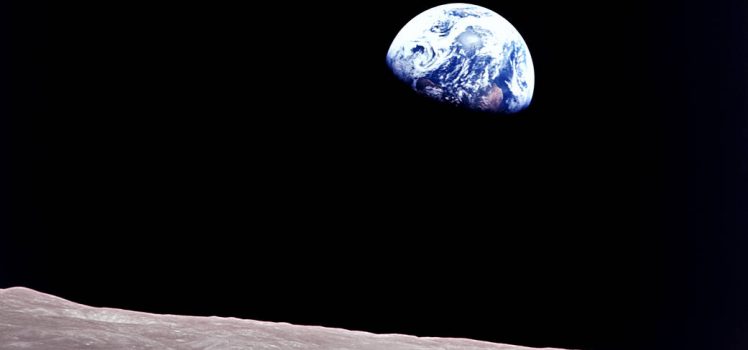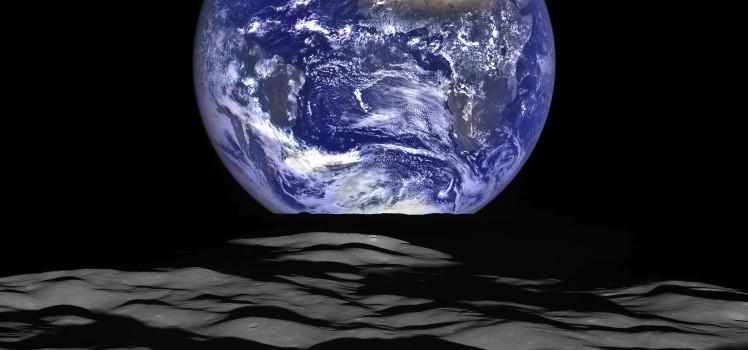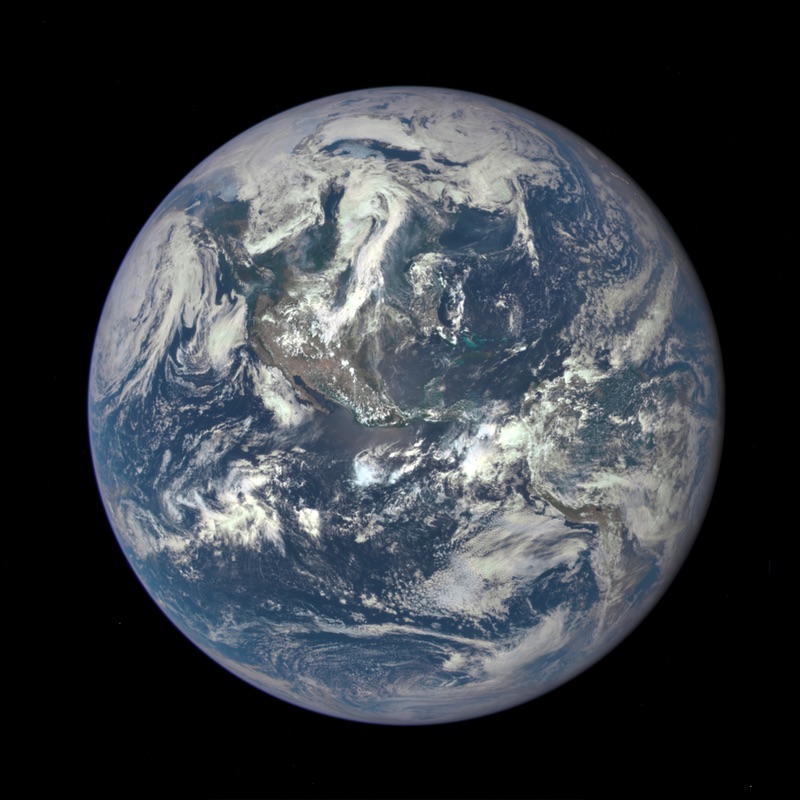Tag Archives NASA
50 Years ago today. Spend a moment and consider the scale of this human endeavour. Neil Armstrong, Commander Edwin E. Aldrin Jr., Lunar Module Pilot Michael Collins, Command Module Pilot Links NASA Apollo 11
Seems like yesterday. The far side. 69 hours, 8 minutes and 16 seconds after launch, the crew reached the far side of the Moon. They burned their engines for a lunar orbit insertion (LOI), which lasted four minutes. The burn slowed the spacecraft down so it could be captured by the Moon’s gravitational pull, making it the first ever manned…
For the second time in history, a human-made object has reached the space between the stars. NASA's Voyager 2 probe now has exited the heliosphere - the protective bubble of particles and magnetic fields created by the Sun. Both spacecraft carry with them a 12-inch (30 cm) golden phonograph record that contains pictures and sounds of Earth, along with symbolic directions…
70 years ago #today in 1946, White Sands Missile Range scientists launched V-2 No. 13 & took the 1st pictures of Earth from space, 105 km up pic.twitter.com/a1hvMchR2x — NASA History Office (@NASAhistory) October 24, 2016
Yes. Genuinely EPIC. I learnt about Lagrange Points at school, never imagined I could see what the earth looked like from one of them. Is this not truly awe-inspiring? On July 20, 2015, NASA released to the world the first image of the sunlit side of Earth captured by the space agency's EPIC camera on NOAA's DSCOVR satellite. The camera…
It seems appropriately magnificent. From NASA: The Earth straddling the limb of the Moon, as seen from above Compton crater. Center of the Earth in this view is 4.04°N, 12.44°W, just off the coast of Liberia. The large tan area in the upper right is the Sahara desert, and just beyond is Saudia Arabia. The Atlantic and Pacific coasts of…
NASA's yearly Biosphere cycle never ceases to amaze. What is, in effect, "global lungs" inhaling and exhaling. Satellite instruments reveal the yearly cycle of plant life on the land and in the water. On land, the images represent the density of plant growth, while in the oceans they show the chlorophyll concentration from tiny, plant-like organisms called phytoplankton. From December…
Awe-inspiring. A NASA camera on the Deep Space Climate Observatory (DSCOVR) satellite has returned its first view of the entire sunlit side of Earth from one million miles away. The color images of Earth from NASA’s Earth Polychromatic Imaging Camera (EPIC) are generated by combining three separate images to create a photographic-quality image. The camera takes a series of 10…





